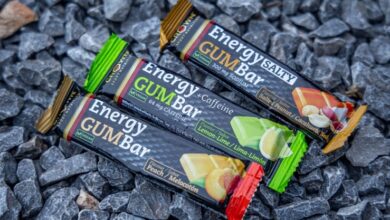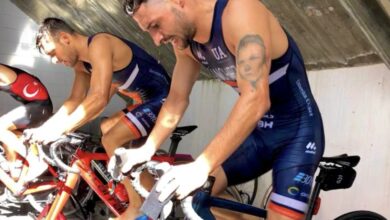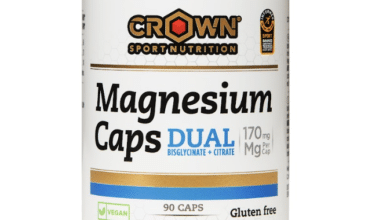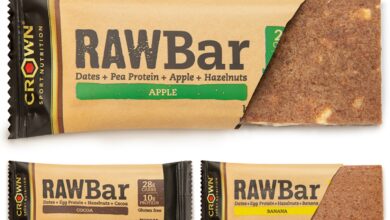What is better to improve in endurance sports? Short or long series?
We analyze various studies that confirm which is the best strategy.
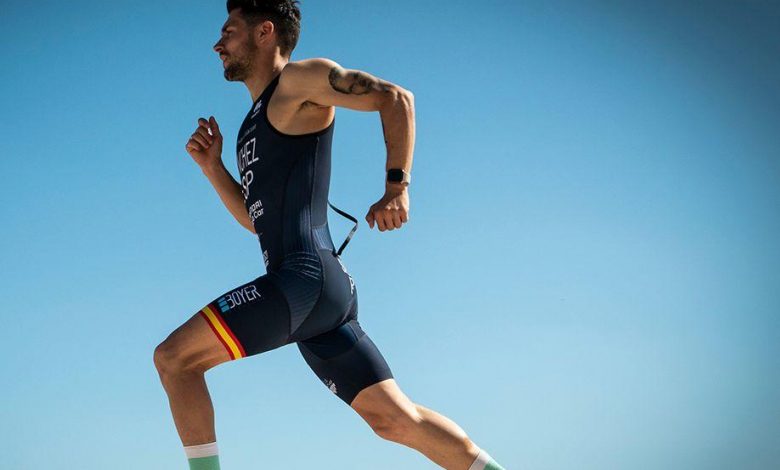
Our collaborator in sports nutrition Crown Sport Nutrition with Peter Valenzuela de fissac.com This time they leave us an interesting article about training.
They are going to tell us about what type of series are best suited to increase performance across endurance sports, like triathlon, cycling or running.
To begin, it must be clear that series are essential in any resistance training, either for an athlete aiming for a quick test, or for a long test.
El series training, High intensity o HIT, has a extensive scientific evidence indicating that it has many benefits to improve performance markers such as:
- El cardiac output (the ability of the heart to send blood to the muscles)
- El maximum oxygen consumption (VO2max, that is, the body's ability to metabolize oxygen)
- La maximum aerobic speed; needing less time than continuous training at moderate intensity (the classic shooting), being therefore more efficient.
A study clarifies a bit what type of series to choose
But when doing series training, it may not be clear what type of series to choose, long, that is, more than 3 minutes long or short and explosive from 30 to 60 seconds.
A study published in 2013 by the European Journal of Sport Science (Taylor) compared 3 groups of runners
- 1er group: train 3 times a week for 6 weeks doing long HIIT (4 - 6 sets of 4 minutes with 4 minutes of recovery)
- 2er group: train 3 times a week for 6 weeks doing SIT (7 - 12 sets of 30 seconds with 2,5 minutes of recovery)
- 3er group (control): train 3 times a week for 6 weeks doing (30 minutes of continuous running).
After completing the 6-week training period, that results showed which all groups improved their performance (measured as 3.000 meter test time, 40 meter sprint, and ability to perform repeated sprints).
However, the group that did the SIT training obtained the greatest improvements.
Recent studies
On the other hand, in a study of 2020 with cyclists, the potential of short series versus long series.
The Bent Ronnestad Group (Ronnestad, 2.020) compared in elite cyclists the effect of doing short series (3 blocks of 13 series of 30 seconds, with 15 seconds of rest between series and 3 minutes between blocks) or long series (4 sets of 5 minutes, with 2,5 minutes of rest between sets) for 3 weeks (3 workouts per week).
The results showed that the group that made the short series further improved your maximum aerobic powera (3,7 vs. -0,3%) and the power associated with the threshold (2,0 vs. -2,8%).
Also, the group that made short series improved power further during a time trial (test time) of 20 minutes (4,7 vs. -1,4%).
They confirmed that short series improve performance more than long series
The results of this study have confirmed those of a study they did in 2015, when they observed that the same protocol with short series produced greater improvements than one with long series in the maximum oxygen consumption and in the performance in tests of different duration (30 seconds, 5 minutes and 40 minutes).
Looking at this data, it is clear that the short series (~ 30 seconds) can improve performance to a greater extent than longer series (~ 5 minutes) in endurance athletes, including runners or cyclists.
Another study on short series also corroborates it.
Another study (Zelt, 2014) compared the effects on performance of different short series on a group of athletes over 4 weeks.
For this, training of series of 4 seconds or 3 seconds (in both cases, 30-15 series with 4 minutes rest) was carried out for 6 weeks (4,5 times a week), and they were able to verify that both groups also improved the maximum oxygen consumption, the power during a 30 second test, and the power associated with the anaerobic threshold.
So whatIt is clear that doing very short series (<30 seconds) seems to provide more benefits in endurance athletes than long series (> 3 minutes).
In addition, acut the length of the series (30 to 15 seconds) may not lead to a decrease in improvements despite maintaining rest times, which would reduce the stress produced.
The most recommended strategy is to alternate training stimuli
All these findings found in the various studies could indicate that the important thing to improve performance in endurance athletes would be generate large power peaks that favor rapid fiber recruitment and improve the ratio of strength development.
However, it seems that the most recommended strategy could be to alternate different training stimuli, combining short, long series and filming during the season (for example, training with greater specificity as the season goal approaches).
More information at Crown Sport Nutrition in his web page: https://crownsportnutrition.com/
References
- Gibala MJ, Bostad W, McArthy DG. Physiological adaptations to interval training to promote endurance. 10:180-184, 2019. - Taylor P, Cicioni-kolsky D, Lorenzen C, Williams MD, Guy J. Endurance and sprint benefits of high-intensity and supramaximal interval training. Eur J Sport Sci 13: 304–311, 2013. - Zelt, JGE, Hankinson, PB, Foster, WS, Williams, CB, Reynolds, J, Garneys, E, Tschakovsky, ME, and Gurd, BJ. Reducing the volume of sprint interval training does not diminish maximal and submaximal performance gains in healthy men. Eur J Appl Physiol 114: 2427–2436, 2014. - Rønnestad BR, Hansen J, Nygaard H, Lundby C. Superior performance improvements in elite cyclists following short-interval vs effort-matched long-interval training. Scand. J. Med. Sci. Sports, In press. 2020. - Rønnestad BR, Hansen J, Vegge G, Tønnessen E, Slettaløkken G. Short intervals induce superior training adaptations compared with long intervals in cyclists - An effort-matched approach. Scand. J. Med. Sci. Sports, vol. 25, no. 2: 143-151, 2015.
Author
Peter Valenzuela
Researcher in the Physiology Unit of the University of Alcalá and in the Performance Control Unit at the Sports Medicine Center (AEPSAD, CAR, Madrid).
Web: www.fissac.com
What is the aerobic resistance?
There are no previous results.







